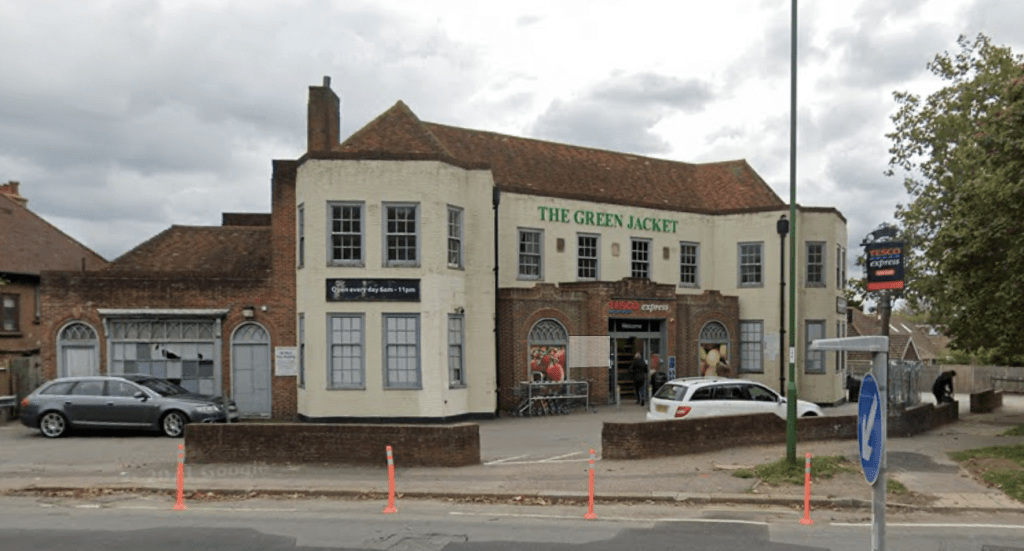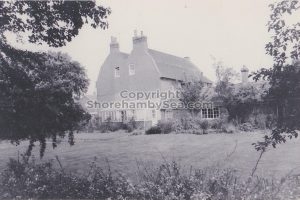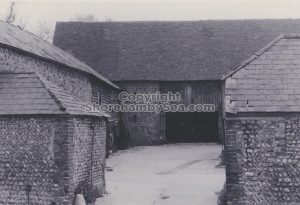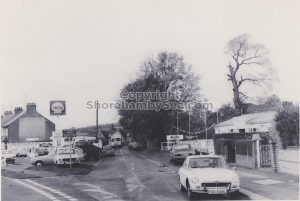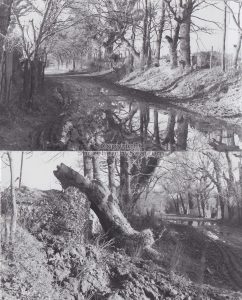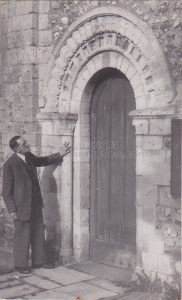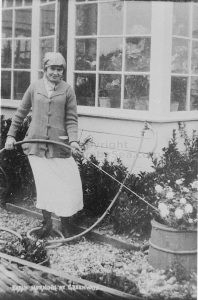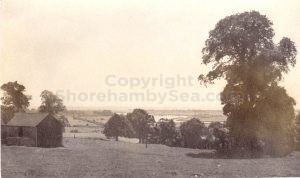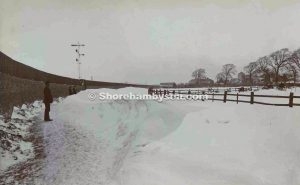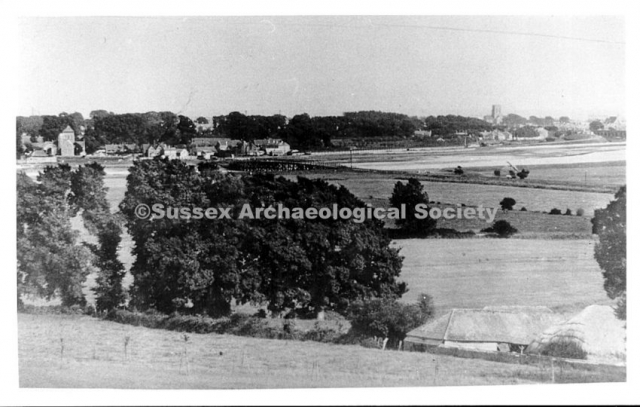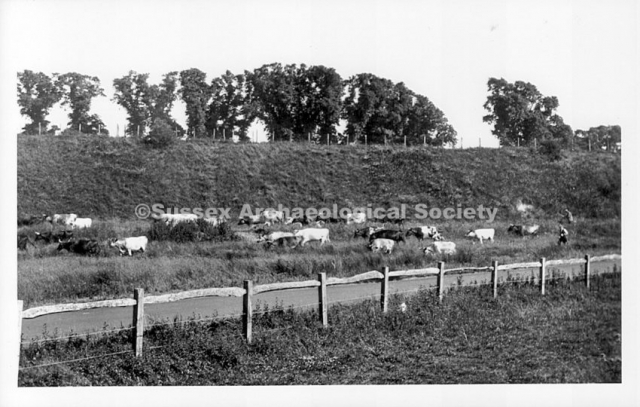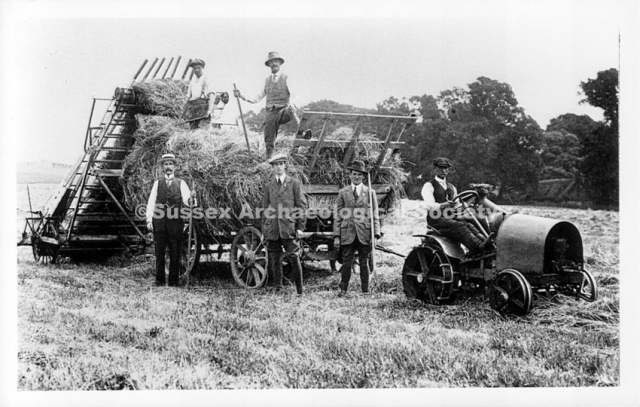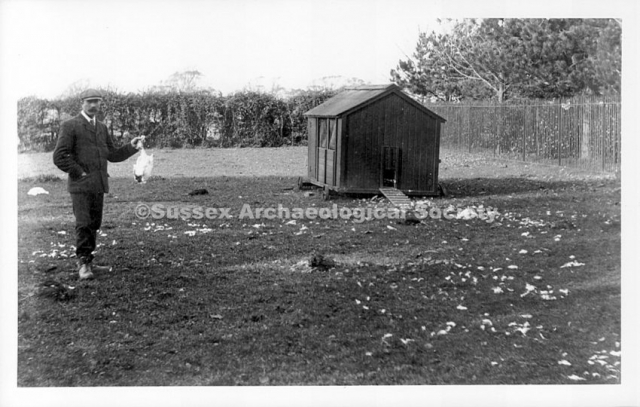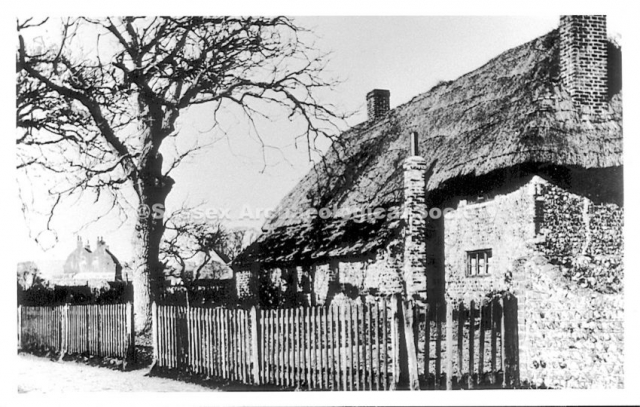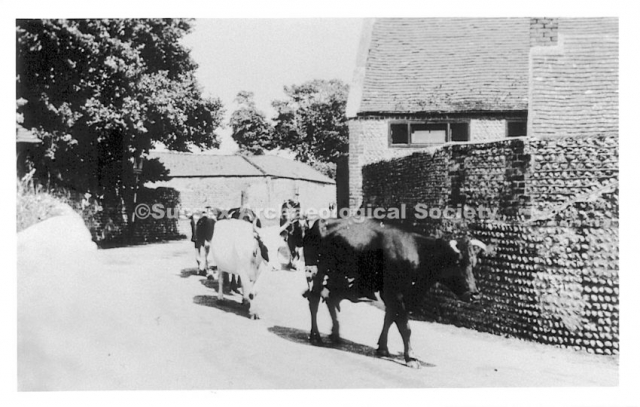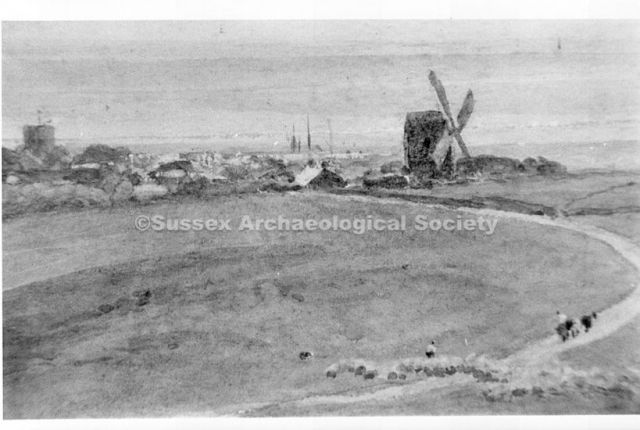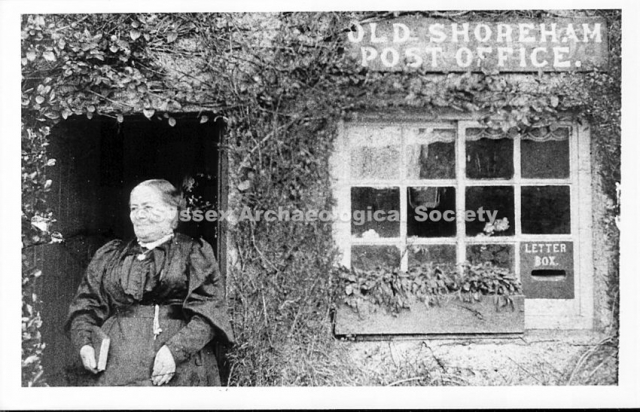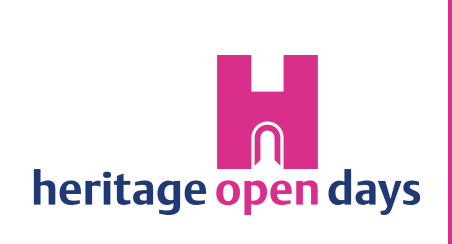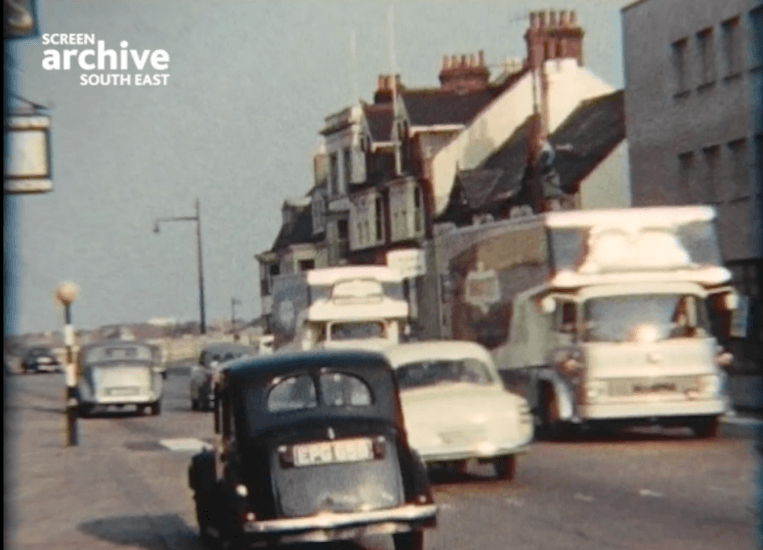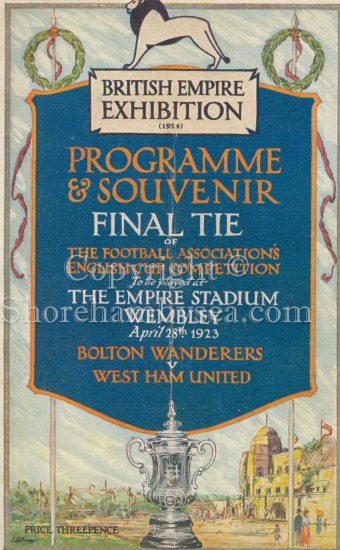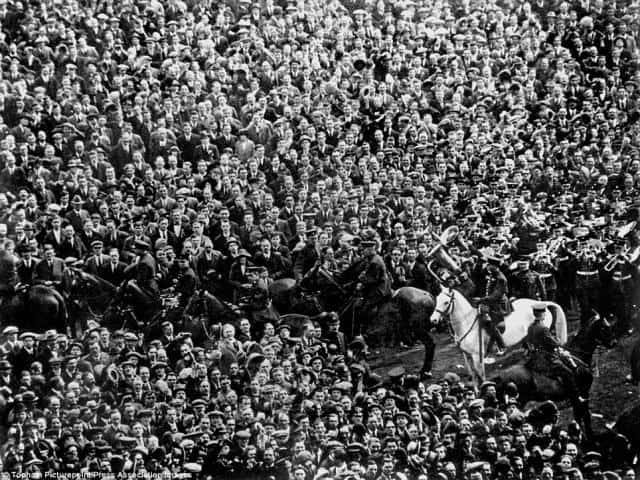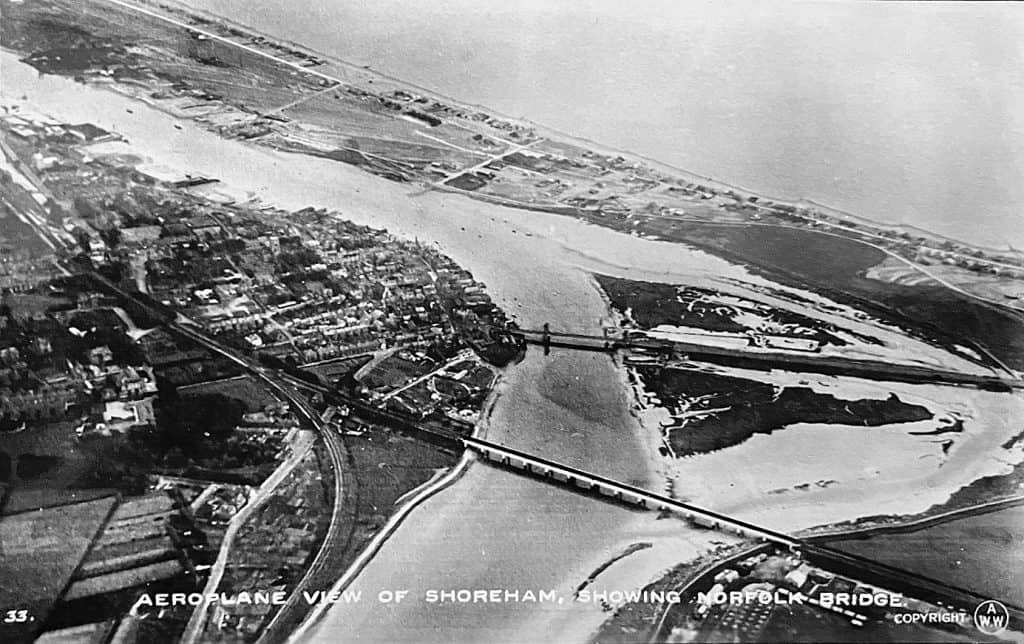This is a mock up of the intended gallery specific to Old Shoreham, assembled from existing imagery in the SAS Marlipins Collection tagged “OS”.
Aerodrome c1913
A collection from Alex Robertson. The early days of aviation at Shoreham.
For a detailed article on the earliest days of aviation at Shoreham visit here.
For a graphical timeline of the expansion of the aerodrome site visit here.
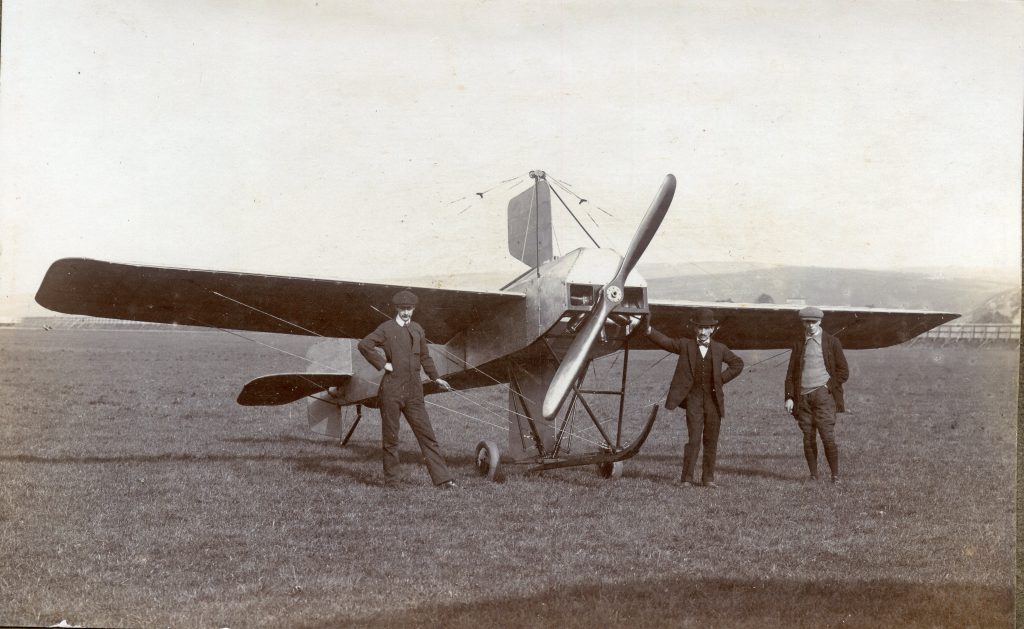
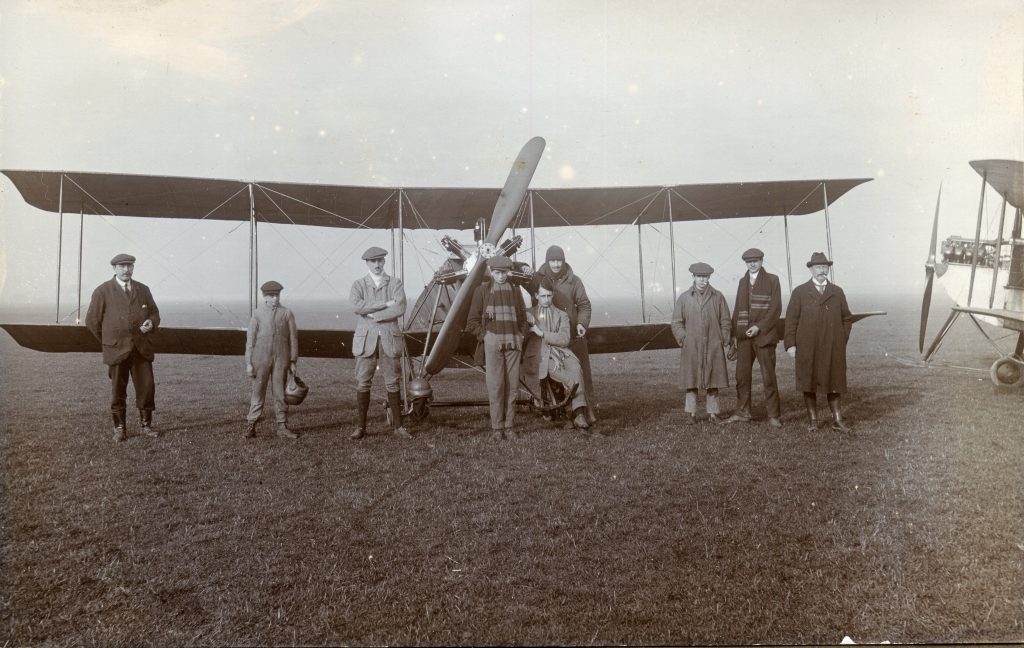
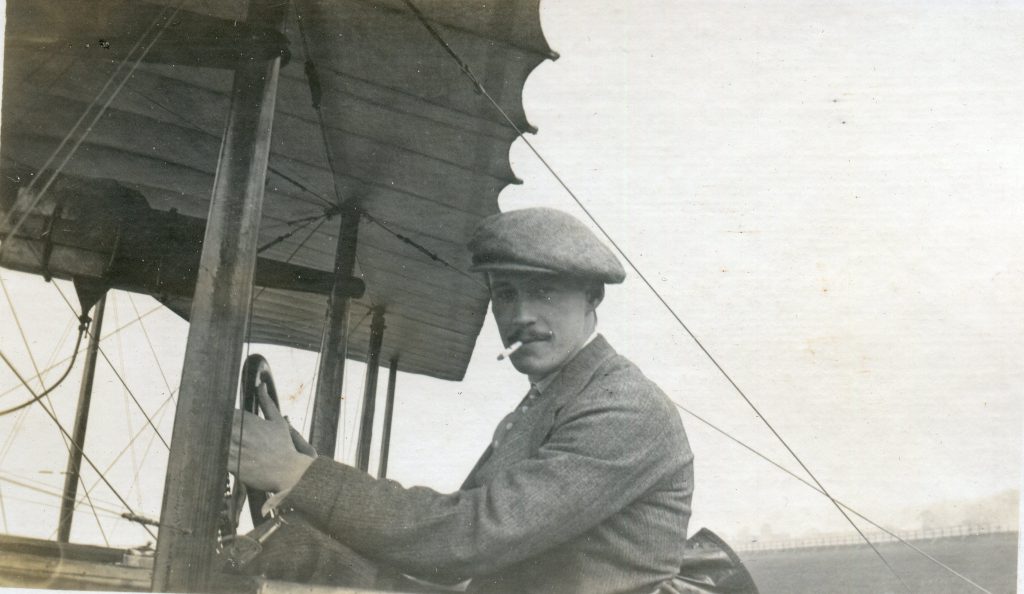
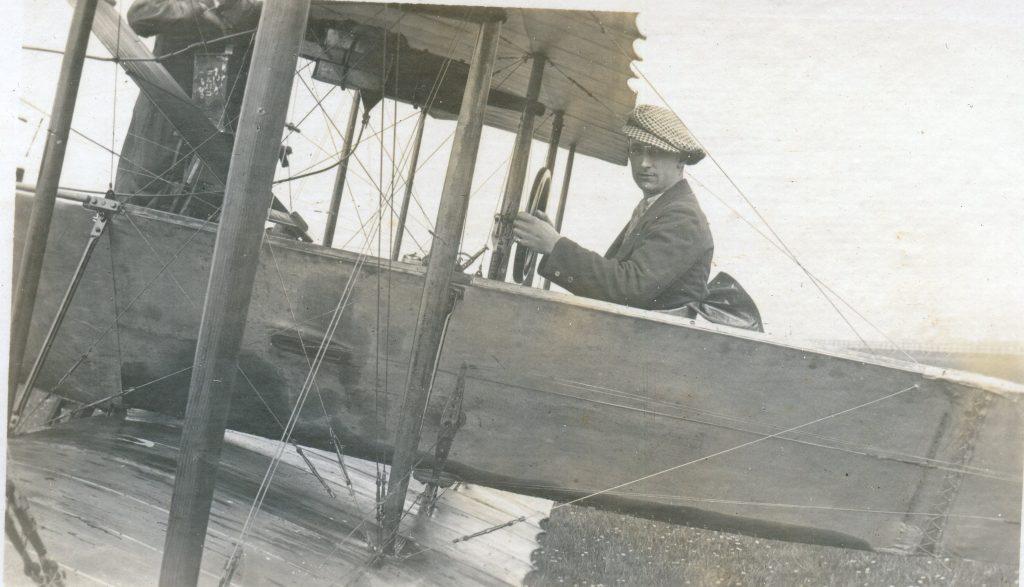
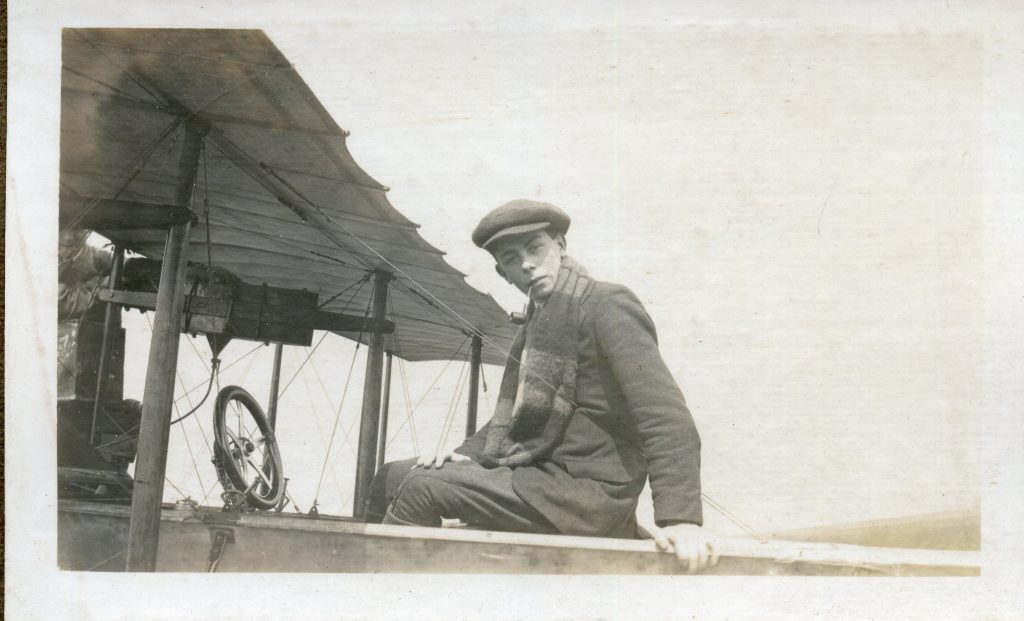
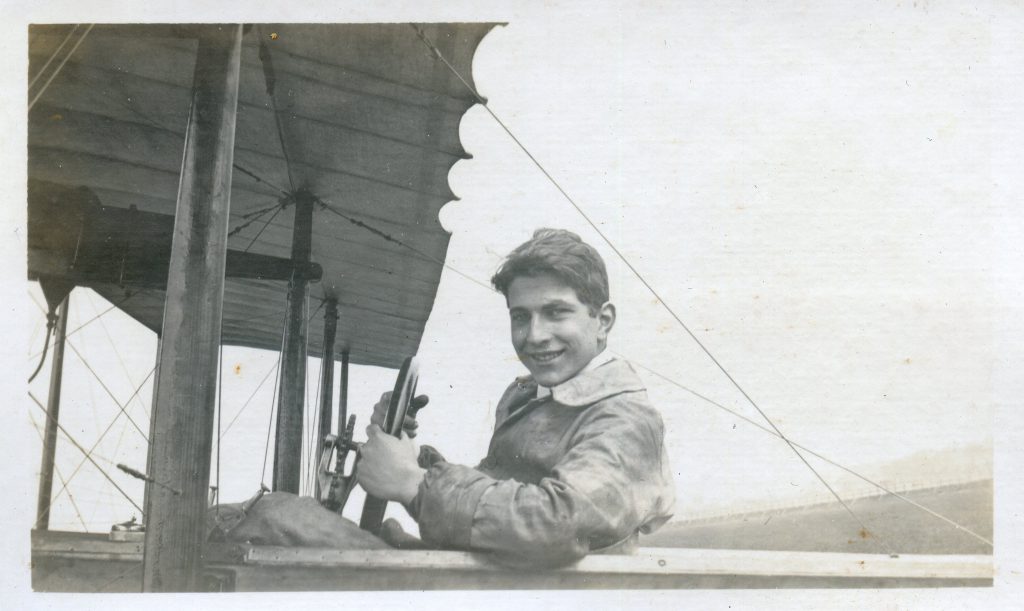
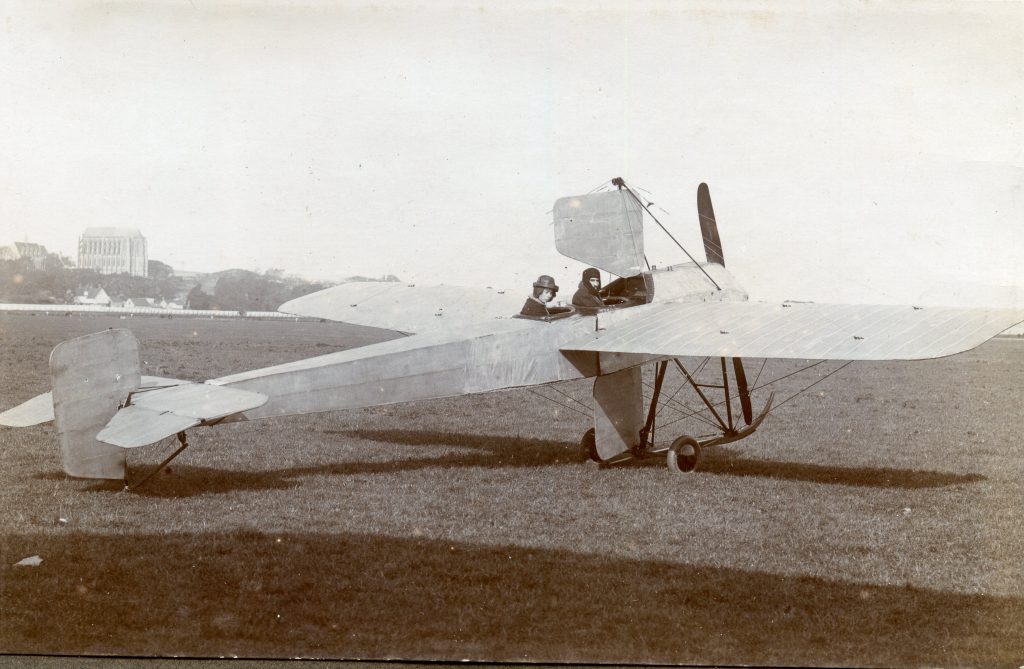
History of Shoreham Street Names

by Gerry White
As a child I read that Wilmot Road had been named after Lord Wilmot a supporter of King Charles, and his son Prince Charles, who escaped to France, this could not have been done without the help from the Noble Lord.
I also found out that Lennox Road, was named after an earlier Member of Parliament, who had represented Shorcham. I had never before given much thought to the origin of Street names. Therefore I decided to make notes and to find out more about other streets in this ancient town. I was not disappointed.
Continue reading “History of Shoreham Street Names”Shoreham Heritage Open Day
100 years ago – the White Horse Cup Final
Hidden amongst the Bartlett Collection in the Photo Galleries is a copy of the FA Cup Final Programme cover from 1923. This FA Cup Final, 100 years ago today, was famous for the crowd invasion where 300,000 fans got into Wembley stadium. The crowds swarmed onto the pitch and the game was delayed significantly. Police attempted to control the crowds and the iconic image of a white police horse surrounded by the crowd became the iconic image of the event.
Continue reading “100 years ago – the White Horse Cup Final”White & Co.
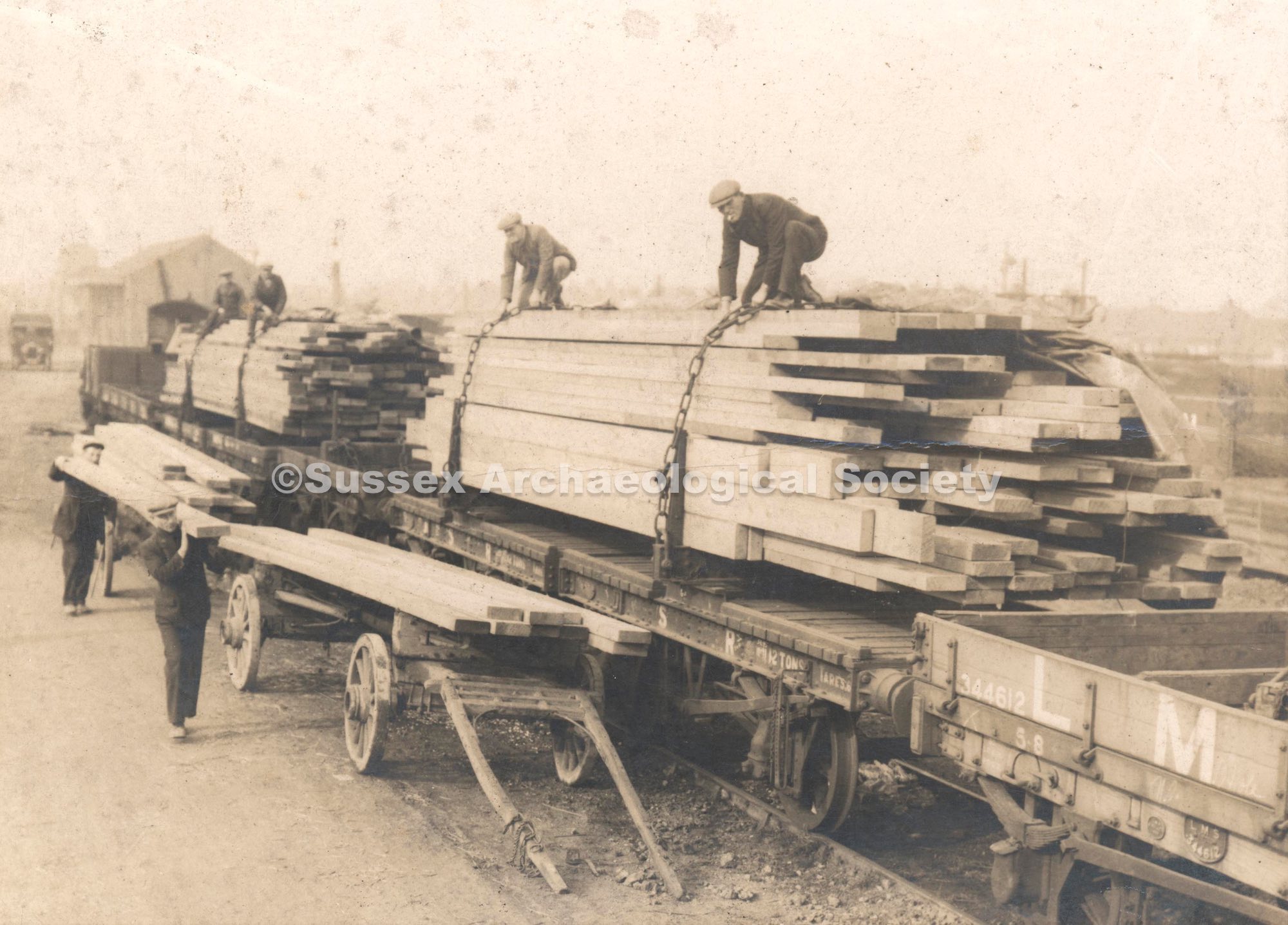
In 1952, I started an Apprenticeship at White and Co. The trade I was to learn was that of Wood machining, It meant, travel to Brighton Technical College twice weekly for two evening classes, and one all day class, which combined with one of the evening classes. It was a long day leaving Shoreham at 8am and returning at 10:30, all for £1 10/- weekly, no assistance with train fares. The Hourly week was 44 hours. Of course the evening classes from 7 until 9 pm were extra.
Continue reading “White & Co.”Shoreham Power Stations
Brighton A Power Station
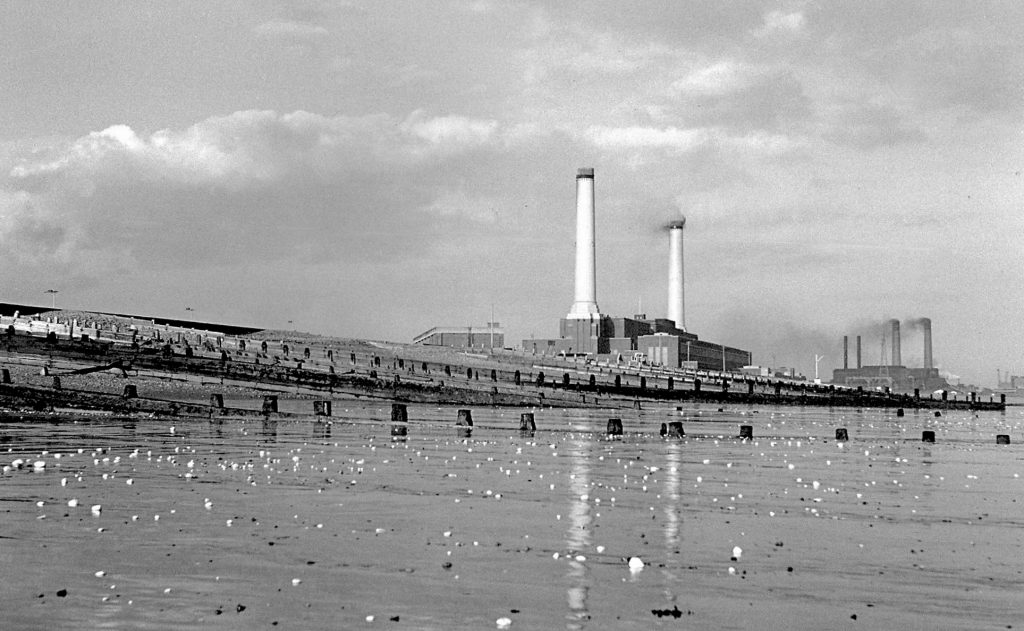
The construction on the first Shoreham power station located in Southwick commenced in in 1902 and the new station named Southwick opened in 1906. There were three M.V. turbo-alternators, each 1.8 MW running at 1500 r.p.m., 8 kV, 50 Hz with a 1 hour overload capacity cf 33% . The new station was connected by five 8 kV cables to the old North Road site where there were two 1500 kW rotary converters (the largest to that time) and four 500 kW motor generators. These replaced some of the earlier generators – the last of which was removed in 1908. Its site chosen because of its position on the harbour, meaning plentiful supply of water for cooling, and access to coal via the shipping route from NE England. The generating capacity of 5,470 kW. Pulverised coal boilers were installed in 1929 with similar steam conditions to the older one. The burners were located at the corners of the furnace. They were dogged with problems until an explosion in the P.F. bunker sealed the fate of the “Bin and Feeder” arrangement used.
The station was given numerous modifications and extensions, and by 1946 it had a increased capacity. Rapidly changing loads and wide range of fuels used made it impossible for the boilers to keep to steam temperature variations, leading to certain failures. The design was abandoned by the British power supply industry in the 1950s as it could not be used for the larger sizes required. By 1961 the station had an installed capacity of 190 MW. Seawater was used for condensing and cooling.
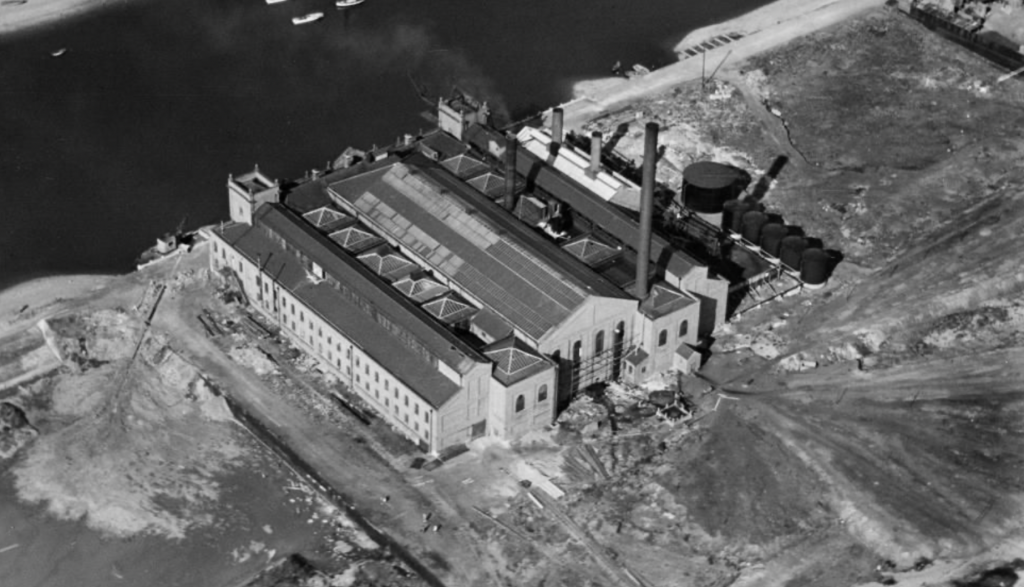
A W Wardell Photographer and Postcard Publisher
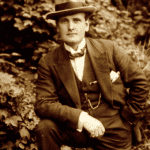
AW Wardell was an accomplished photographer and publisher of postcards from 1907 to around 1960. He was based in Brighton and latterly Worthing. You can find out much more on this excellent website. https://www.sussexpostcards.info/publishers.php?PubID=296
Bill Wardell was one of the first to publish a range of aerial scenes on postcards, pioneering an effective technique of excellent shot framing and high quality imagery from the glass plate camera he carried in the 2nd seat a biplane.

His aerial photographs of Shoreham are from 1919. It is noted he was in an Avro 504 based at the airport. Note in the first aerial photo of Shoreham (No.33) there are numerous bell tents in the SE corner of the airport – for the Canadian Air Force No. 81 Squadron stationed there in 1919, and possibly the source of Bill Wardell’s aircraft taxi to get his photographs. You may also note the two hangars of the Royal Navy seaplane base at the southern end of Ferry Road.
Continue reading “A W Wardell Photographer and Postcard Publisher”Morning Star
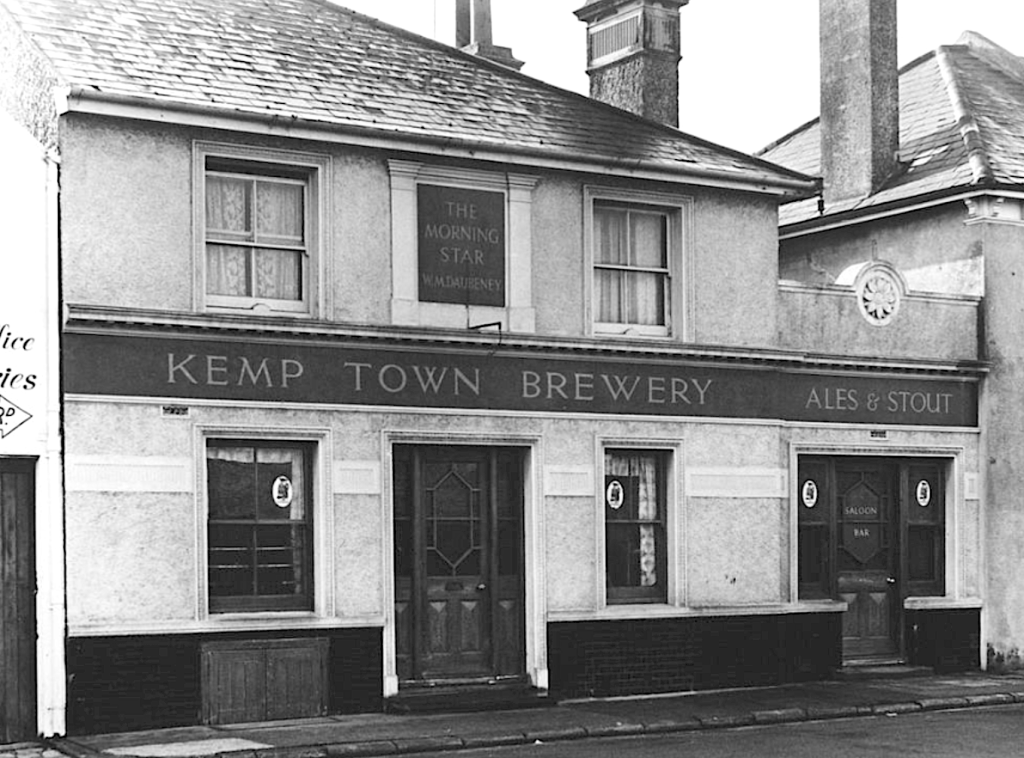
Green Jacket
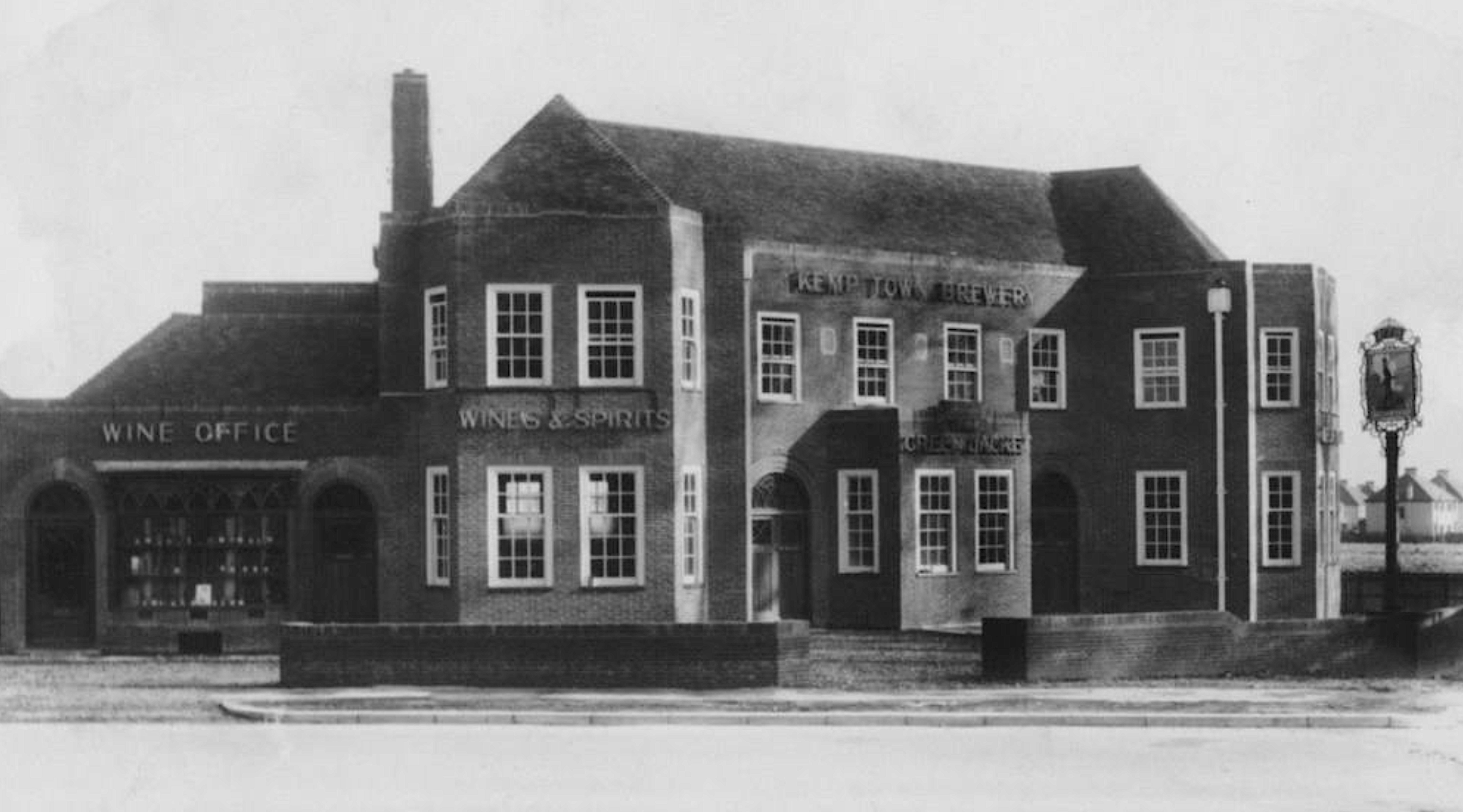
Boasting a design consistent in style with local pubs of a similar age; The Bridge and Royal George, the Green Jacket was latterly renamed the “Green Jackets”. When it closed in 2012 and converted to a Tesco Express store Tesco reverted to the original, correct name.
